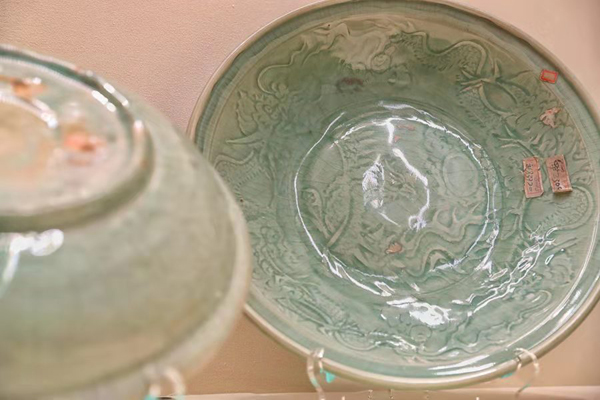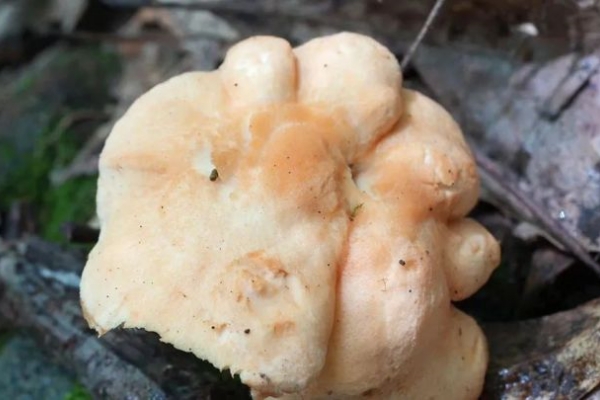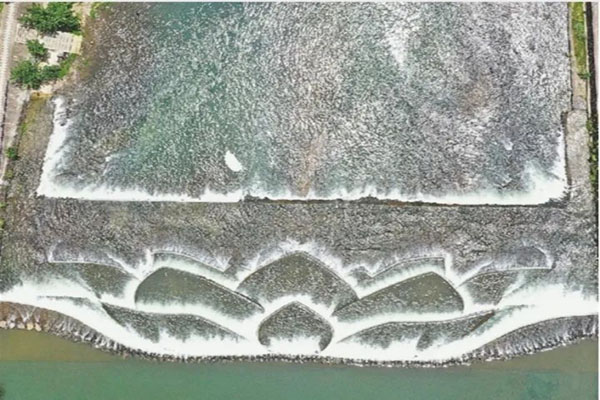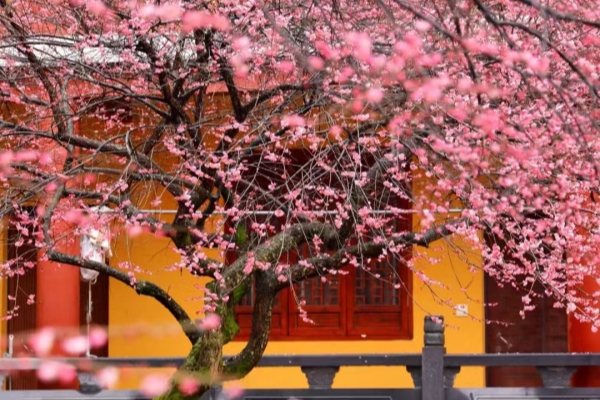Dayao Longquan Kilns National Archaeological Site Park
Address: Longquan county-level city, Lishui city, Zhejiang province
Hours:
Winter: 8:30am - 5pm (Last entry at 4:30pm)
Spring: 8:30am - 5:30pm (Last entry at 5pm)
Summer: 8:30am - 6pm (Last entry at 5:30pm)
The Dayao Longquan Kilns site is home to a group of kilns located in Dayao village, and was once the core production area of Longquan celadon in China. Today, this is a protected area covering 5.2 square kilometers, and contains 126 kiln sites.
The Dayao Longquan Kilns were established during the Five Dynasties period (907-960), and prospered during the Northern Song Dynasty (960-1127), becoming the largest porcelain making center in China between the Southern Song Dynasty and the early Ming Dynasty(1127-1300s). It was famous for its Ge ware and was one of the Five Great Kilns of Song, producing celadon with thin a base, thick glaze, and a perfect jade-like lustre.
At its peak, between the Southern Song to the early Ming Dynasty (1368-1644), greenware from the Longquan Kilns mainly served as tribute to the imperial family, and only in the 12th to 15th centuries did it become the pillar of overseas trade. When these high-quality products were introduced to Europe, particularly to the French nobility, they were not only favored, but also acquired a very European name, celadon, despite their pure East Asian origin.
In addition to the products themselves, the methods of making Longquan celadon were also exported, prompting countries along the trade path to create their own imitations, such as Japan, Vietnam, Iran, Turkey, Egypt, and even Britain. Plenty of physical evidence of which has consequently been found. In many ways, Longquan ware promoted trade and cultural exchanges between ancient China and other countries in Asia, Africa, and Europe, and is irreplaceable in promotingand gaining recognition for Chinese culture.
The Dayao Longquan Kilns National Archaeological Site Park, covering an area of 9.74 square kilometers, has multiple functions, including site protection, scientific research, education, cultural inheritance, artistic creativity, tourism and recreation. It officially opened in October 2018.

Two Ming-Dynasty Longquan celadon plates collected by the Palace Museum.[Photo by Jiang Dong/China Daily]

 Lishui establishes intelligent biodiversity monitoring system
Lishui establishes intelligent biodiversity monitoring system New fungus species discovered in Qingyuan
New fungus species discovered in Qingyuan Lishui transforms weirs to aid fish migration
Lishui transforms weirs to aid fish migration